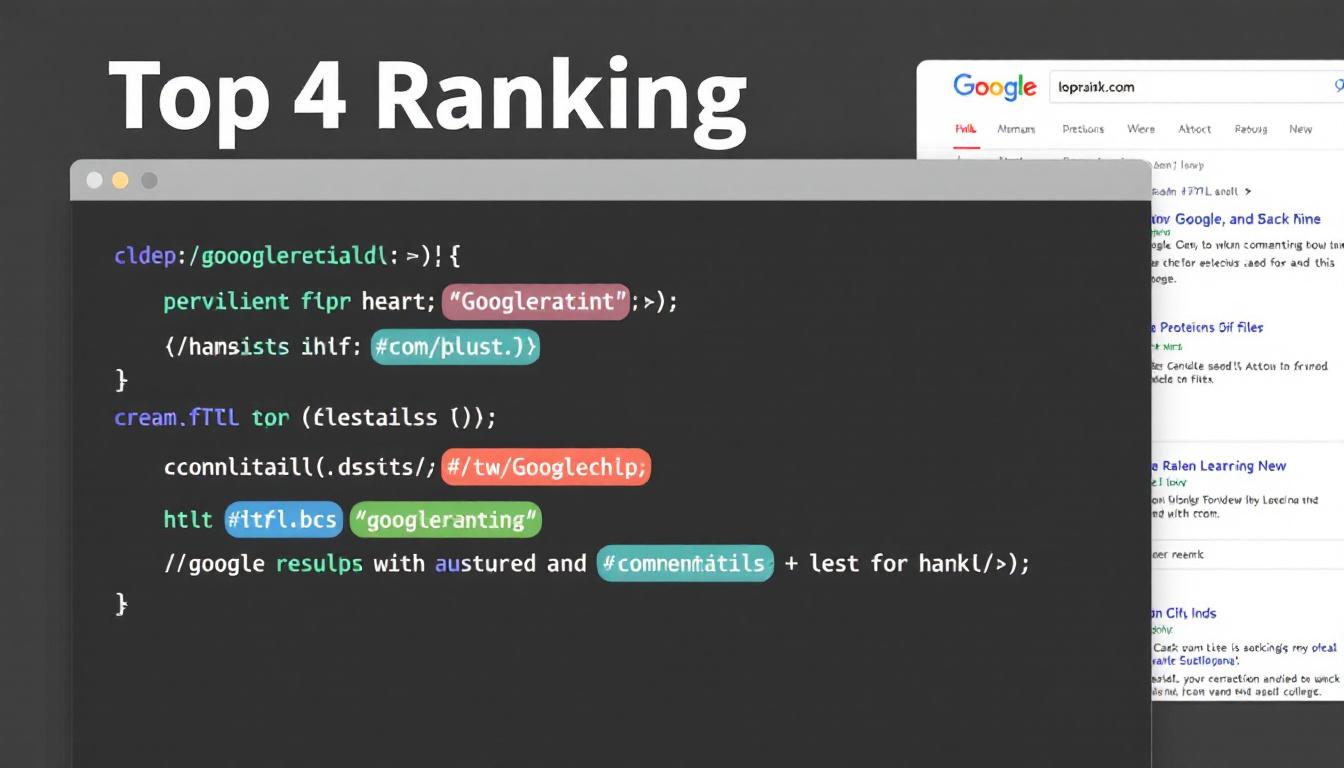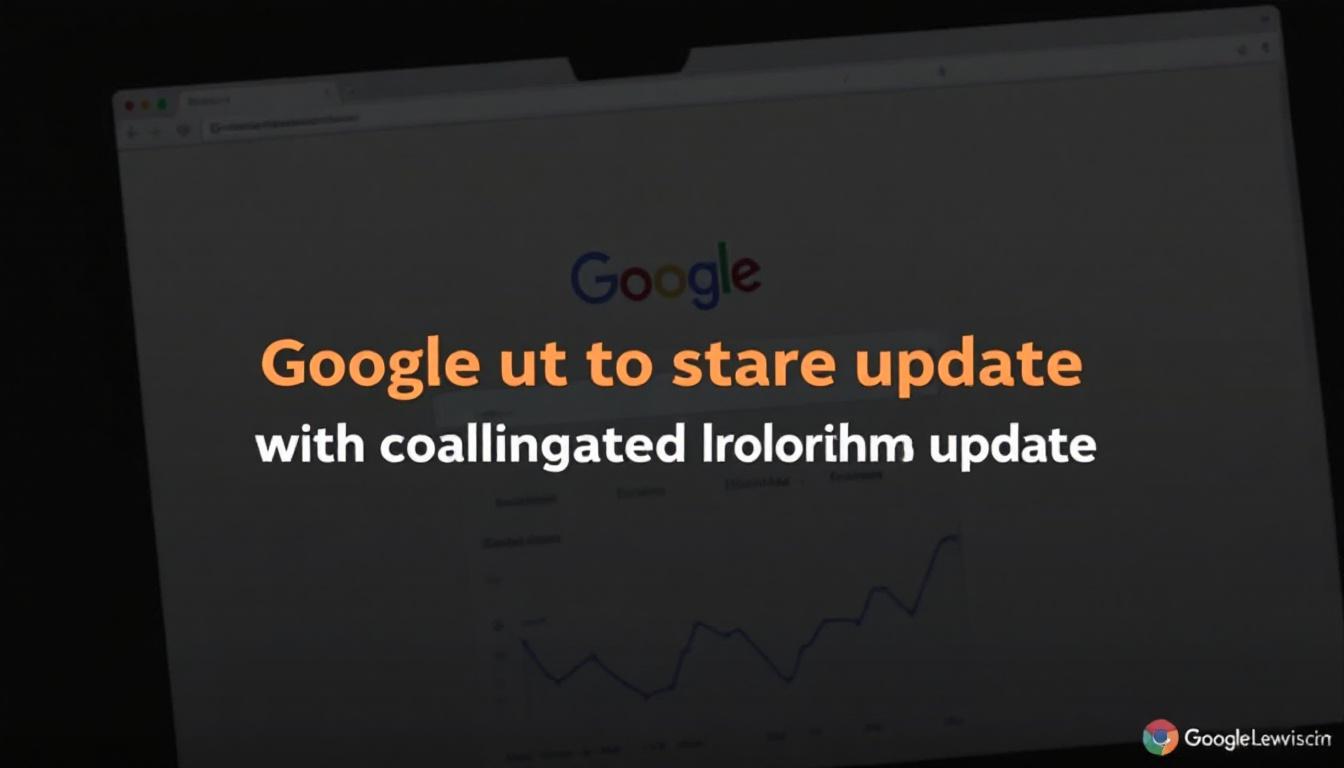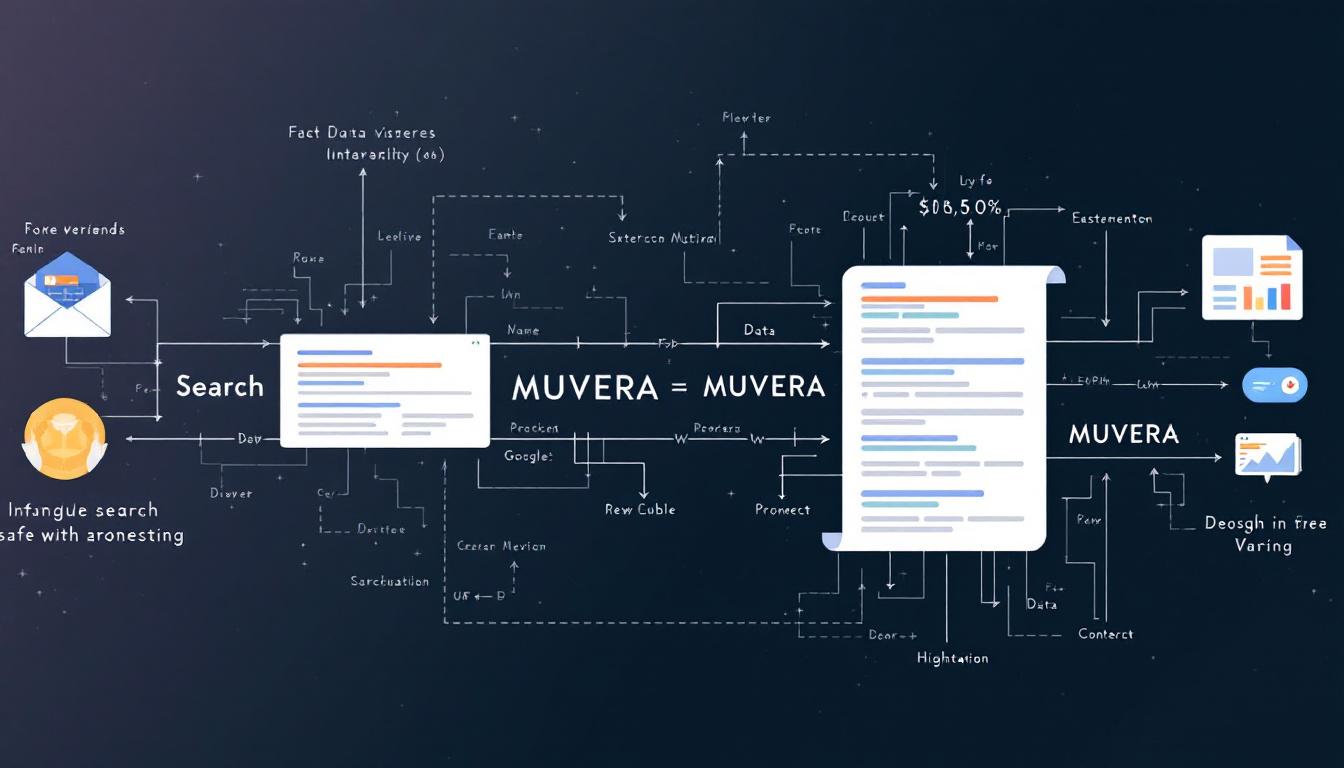As Large Language Models (LLMs) reshape the landscape of search engine optimization, marketers are refining their strategies to align with evolving client objectives.
DigitalOcean
DigitalOcean offers a variety of VPS hosting solutions perfectly suited for anyone seeking straightforward and budget-friendly computing power for their projects.
A recent LinkedIn conversation highlighted the progression of SEO tools tailored for LLM-driven searches, revealing a landscape where tools are advancing but opinions among SEOs diverge regarding key metrics and tracking methodologies.
The Complexity of LLM SEO
Optimizing for LLM-based search requires more than just traditional keyword strategies.
The dynamic nature of LLM responses introduces new challenges and considerations for SEO professionals.
Moving Beyond Simple Keyword Addition
In the realm of LLM SEO, the emphasis shifts from mere keyword integration to a more nuanced approach that considers the underlying entities and contextual relevance.
Lily Ray emphasized the importance of focusing on the entities that LLMs reference in their responses. By analyzing the consistent mentions of specific entities across numerous queries, SEOs can derive actionable insights.
However, this process demands a deeper analysis compared to straightforward keyword placement, highlighting the complexity inherent in optimizing for LLMs.
Emerging Tools for LLM Optimization
With the rise of LLMs, new tools are being developed to aid SEOs in tracking and optimizing their strategies, each offering unique features and approaches.
Innovative Solutions in the Market
Tools like Waikay and SERPRecon are at the forefront of this evolution, providing specialized functionalities to address the unique demands of LLM SEO.
Dixon Jones introduced Waikay, a tool focused on entity and topic extraction combined with gap analysis to inform SEO strategies. Meanwhile, Ryan Jones detailed how SERPRecon utilizes APIs to monitor query responses, extracting themes and entities to guide optimization efforts.
These tools represent significant advancements in how SEOs can approach the complexities of LLM-based search environments.
The Dynamic Nature of Search Results
Contrary to the belief that traditional search engine results pages (SERPs) were static, both traditional and LLM-driven searches exhibit continuous variability, albeit in different ways.
Stability Versus Volatility in Search Outputs
Billy Peery provided insights that challenge the notion of volatility in LLM responses, emphasizing the underlying consistency of source references.
Peery argued that despite surface-level changes in wording, LLMs consistently draw from stable sources and brand mentions. This suggests that while the expressions may vary, the foundational elements SEOs should focus on remain largely unchanged.
This perspective encourages a shift from obsessing over exact phrases to concentrating on the broader context and source reliability.
The Bottom Line
The conversation among SEOs reveals a growing acknowledgment of the importance of specialized tools for LLM-based search optimization.
While debates continue regarding the most effective metrics and methodologies, it’s evident that integrating entity and topic analysis into SEO strategies can provide valuable insights.
As these tools become more refined, marketers can better align their efforts with client goals, navigating the complexities of LLM-driven search landscapes with greater confidence.








